The views expressed in our content reflect individual perspectives and do not represent the authoritative views of the Baha'i Faith.
It is forbidden you to trade in slaves, be they men or women. It is not for him who is himself a servant to buy another of God’s servants, and this hath been prohibited in His Holy Tablet. Thus, by His mercy, hath the commandment been recorded by the Pen of justice. Let no man exalt himself above another; all are but bondslaves before the Lord, and all exemplify the truth that there is none other God but Him. He, verily, is the All-Wise, Whose wisdom encompasseth all things. – Baha’u’llah, The Most Holy Book, p. 45.
My husband and I recently watched the film 12 Years a Slave. We were hesitant to watch it, even though it won the Academy Award for Best Picture, because we thought it would be too violent, depressing or disturbing. I’ve heard several people say they won’t watch the movie because they’re afraid of the strong emotions and sadness the movie will bring up. I can certainly understand this feeling and the reservations we all feel when we watch such suffering.
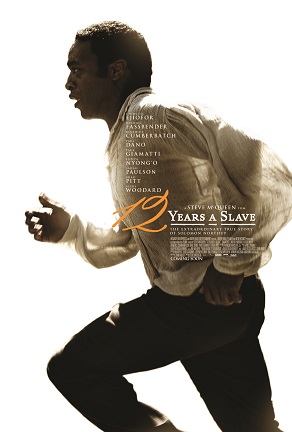 However, we decided that we should watch 12 Years a Slave, even though it might be uncomfortable for us. When we thought about it, we felt that the least we could do was endure a little discomfort for a couple of hours, given what millions of slaves suffered through all their lives. The movie lived up to its excellent reviews (writing, directing, and acting) — and yes, it was shocking, disturbing and violent as well. But the many difficult-to-watch scenes represented actual, true events millions of slaves experienced.
However, we decided that we should watch 12 Years a Slave, even though it might be uncomfortable for us. When we thought about it, we felt that the least we could do was endure a little discomfort for a couple of hours, given what millions of slaves suffered through all their lives. The movie lived up to its excellent reviews (writing, directing, and acting) — and yes, it was shocking, disturbing and violent as well. But the many difficult-to-watch scenes represented actual, true events millions of slaves experienced.
When the movie ended, my husband and I reflected on how we felt about it, recalling moving and poignant scenes, and we were both glad we had made the effort.
Then we realized that still, no befitting National Slavery Memorial exists in the United States.
We could think of several Holocaust memorials worldwide (as it turns out more than 160 exist), but not one prominent National Slavery Memorial. We discussed America’s terrible legacy of slavery – which was its own holocaust — and how these unresolved issues can fester for years until a country faces them directly.
A National Slavery Memorial could serve as a beginning point for resolution, reconciliation, and healing. But what would such a memorial look like? My husband thought for a moment, then said, “a black obelisk exactly the same size and shape as the Washington Monument, exactly opposite and across the reflecting pool from the Washington Monument.” Immediately I recognized the inspiration behind the idea. This black marble slavery monument would be a constant reminder of who built Washington DC and much of the United States — and at what cost.
The National Mall already has memorials to presidents and political leaders, veterans and fallen soldiers, and the victims of the Japanese internment and the Nazi Holocaust – but the lack of a National Slavery Memorial means a conspicuous gap exists in all that commemoration.
Approximately 11 million Africans became slaves in North America. Untold numbers died without ever reaching the Americas, in forced marches, in slave forts on the coast of Africa and on board slave ships where they were shackled and chained below deck, unable to move. Many died en route – another 9-11 million. Some went to ‘Seasoning’ camps in the Caribbean before going to their final destination in North or South America. In these camps the slaves were tortured in order that they be ‘broken’ and conditioned to their coming life of slavery. Historians estimate that another five million Africans died in those camps.
The slave trade went on for 400 years, so at least sixteen generations of children lived and died in slavery. The life of most slaves defied humane description. Slaves worked at gruelling labor, and endured cruel punishments, rape, and torture at the hands of their owners. Children were sold away from parents and families were separated for life at the whim of their owners.
So why no Slavery Memorial? Why would such a glaring and unjust omission be allowed to continue?
Memorials let us understand and consider the past so history doesn’t repeat itself; which allows humanity to progress and advance toward a more enlightened age. The numerous Holocaust memorials around the world have helped to raise our consciousness about the horrible atrocities endured by the victims of the Nazis.
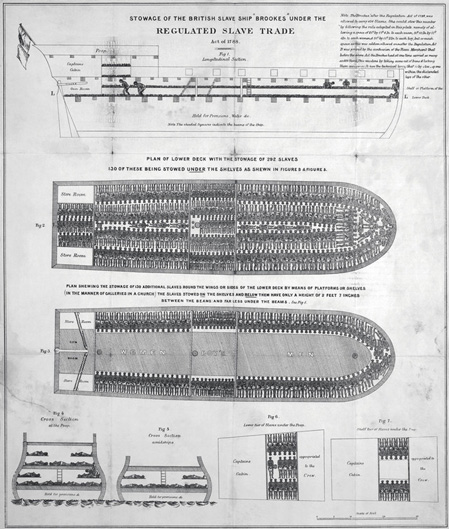 Steve McQueen , the director of 12 Years a Slave said, “The high numbers of black people in prison, with mental health issues within our community, drug abuse, single parent families – these are the repercussions of slavery and we have to acknowledge that.” Jim Crow laws were another result of slavery. The effects of slavery and Jim Crow continue to this day. The net worth of white families is 22 times the net worth of black families. The unemployment rate for African Americans is double the national average. The infant mortality rate for black babies is 3 times that of white babies and the list goes on and on. Until the world starts to squarely face, understand, and reflect upon what happened during the Mid Atlantic Slave Trade we will not begin to come together in unity as a country.
Steve McQueen , the director of 12 Years a Slave said, “The high numbers of black people in prison, with mental health issues within our community, drug abuse, single parent families – these are the repercussions of slavery and we have to acknowledge that.” Jim Crow laws were another result of slavery. The effects of slavery and Jim Crow continue to this day. The net worth of white families is 22 times the net worth of black families. The unemployment rate for African Americans is double the national average. The infant mortality rate for black babies is 3 times that of white babies and the list goes on and on. Until the world starts to squarely face, understand, and reflect upon what happened during the Mid Atlantic Slave Trade we will not begin to come together in unity as a country.
The Baha’i teachings outlawed slavery in 1873. Now, almost a century and a half later, we need to build a National Slavery Memorial. Consider it for a moment: a simple black marble obelisk directly across the reflecting pool from the Washington Monument, one black monument and one white, exactly the same size and shape. Can you imagine the striking and poignant symbolism?
First published in 1788, this diagram depicts a vessel of 400 slaves packed in cheek by jowl, some with just 2 feet and 7 inches of headroom. The Brooks was an actual ship that carried 454 slaves at a time. The engraver could only squeeze in 400 slaves in the drawing.


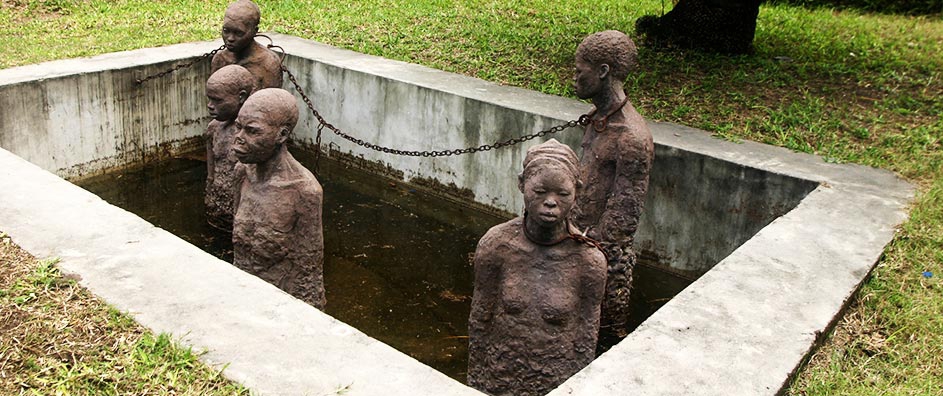
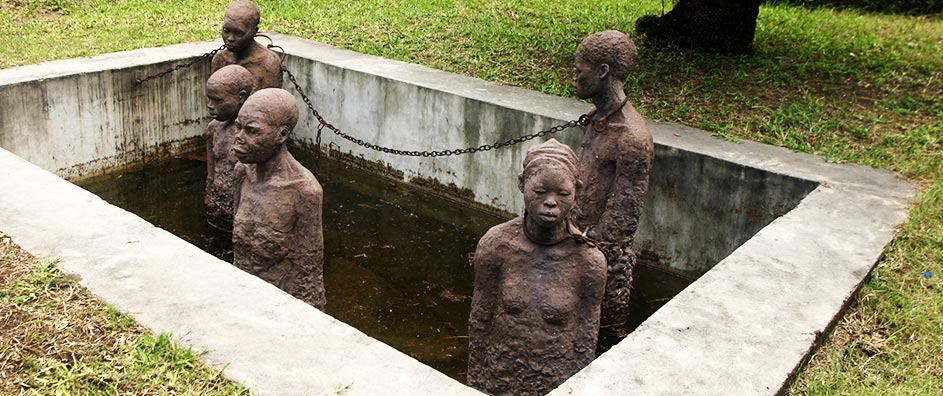



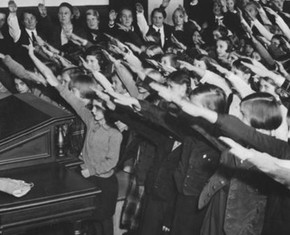









Comments
Sign in or create an account
Continue with Googleor